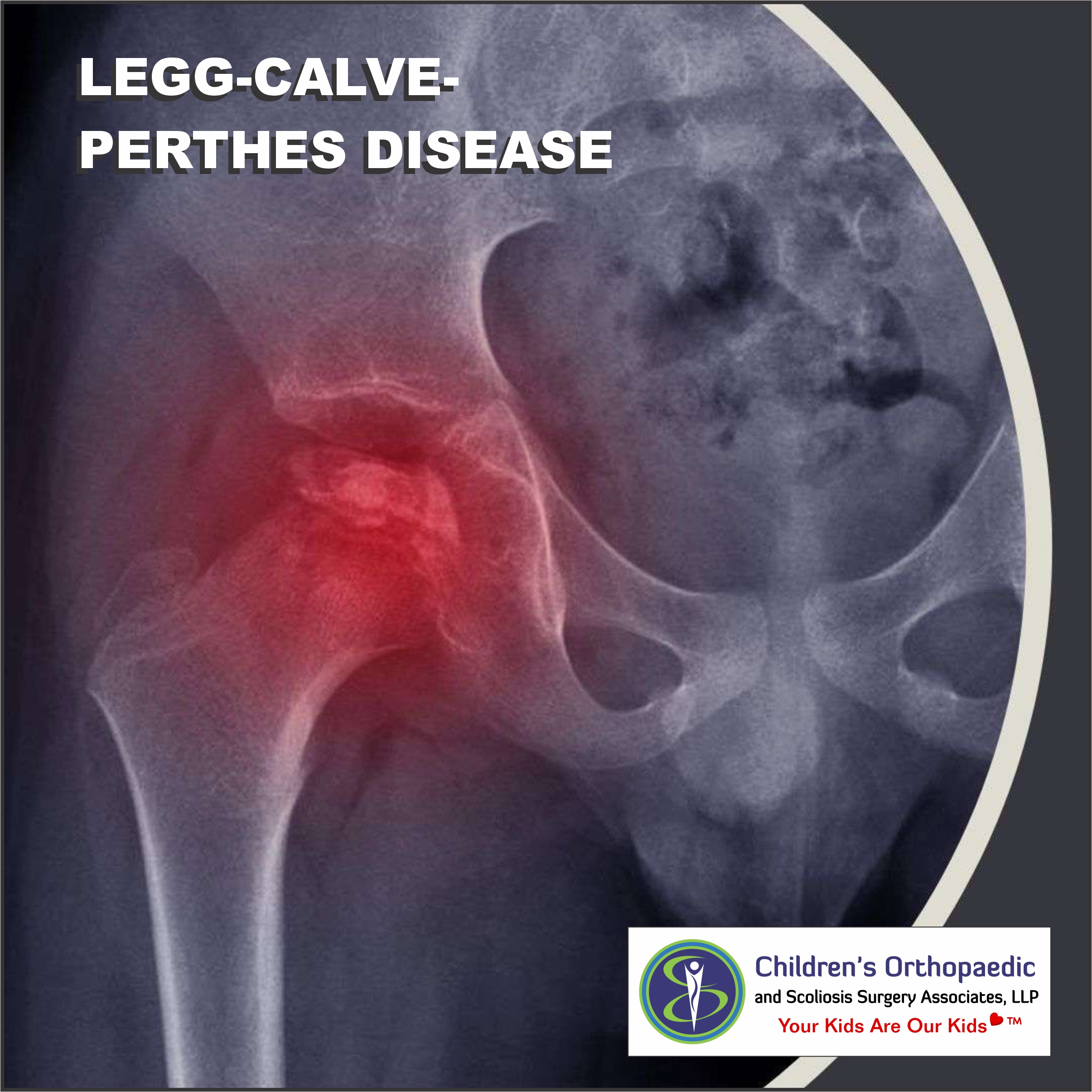
Legg-Calvé-Perthes disease, commonly known as Perthes disease, is a serious childhood hip condition that affects the femoral head (the ball on top of the thigh bone) The disease occurs when the blood supply to this area is temporarily disrupted, leading to the death of bone cells. This process, called avascular necrosis, weakens the bone, which can then fracture and collapse.
1. What Causes Perthes Disease?
The exact cause of Perthes disease is still not fully understood. Research suggests a combination of factors that may contribute to its development. Possible causes include:
2. Who is at Risk?
Perthes disease often affects children between the ages of 4 and 10. Boys are more likely to develop the condition than girls, with a male-to-female ratio of about 4:1. Other risk factors include:
3. The Four Stages of Perthes Disease
The disease progresses through four distinct stages that can span several years. Understanding these stages is key to effective management and treatment.
Early diagnosis is crucial for a positive outcome. Parents should be aware of both early and late signs of the disease. Early Symptoms
Later Symptoms
Diagnosis of Perthes Disease is made through a physical examination and imaging tests. An X-ray can show evidence of the disease’s stage and severity, while an MRI may be used for a more detailed view.
Treatment plans are highly personalized and depends on several factors: your child’s age, the stage and severity of the disease, and how much of the bone is affected. The goals of treatment are to reduce pain, maintain hip motion, and ensure the femoral head heals in a round normal shape to prevent long-term complications like arthritis. Younger children (under 6 years old) with mild cases often have better outcomes with less invasive treatments, as their bones heal more quickly.
Non-Surgical Treatments:
Surgical Treatments
Surgery may be considered for older children or those with severe cases where non-surgical methods haven’t been effective.
Recovery from Perthes disease can be a long process, often taking several years. With proper treatment most children recover completely and can return to their regular activities without long-term issues. A child’s age at diagnosis is a significant factor in their prognosis; the younger the child the better the chances of a full recovery.
Early diagnosis is crucial, as delayed treatment increases the risk of developing hip arthritis in adulthood. If your child begins to limp or complains of persistent pain in their knee, thigh, groin, or hip, it is highly recommended to schedule an appointment with a board-certified pediatric orthopedic surgeon.
It is important to take your child to pediatric specialists who are experts in treating only kids. At Children’s Orthopaedic and Scoliosis Surgery Associates, LLP our board certified, fellowship trained, specialists provide the best child-friendly care using the latest cutting-edge technology that results in the safest and most accurate outcomes. Please call our office at (727) 898-2663 to schedule an appointment.
Medically reviewed by Daniel C. Bland, MD Board Certified Orthopaedic Surgeon.
Children’s Orthopaedic and Scoliosis Surgery Associates LLP provides information and articles as a service to our readers. No content on this site, regardless of date, should ever be used as a substitute for direct medical advice from your doctor or other qualified clinician. This blog provides general information and discussions about health and related subjects. The information and other content provided in this blog, or in any linked materials, are not intended and should not be construed as medical advice, nor is the information a substitute for professional medical expertise or treatment, If you have a medical concern, you should consult with your health care provider or seek other professional medical treatment. If you think you may have a medical emergency, call your doctor or emergency services immediately. The opinions and views expressed on this blog and website have no relation to those of any academic, hospital, health practice or other institution.